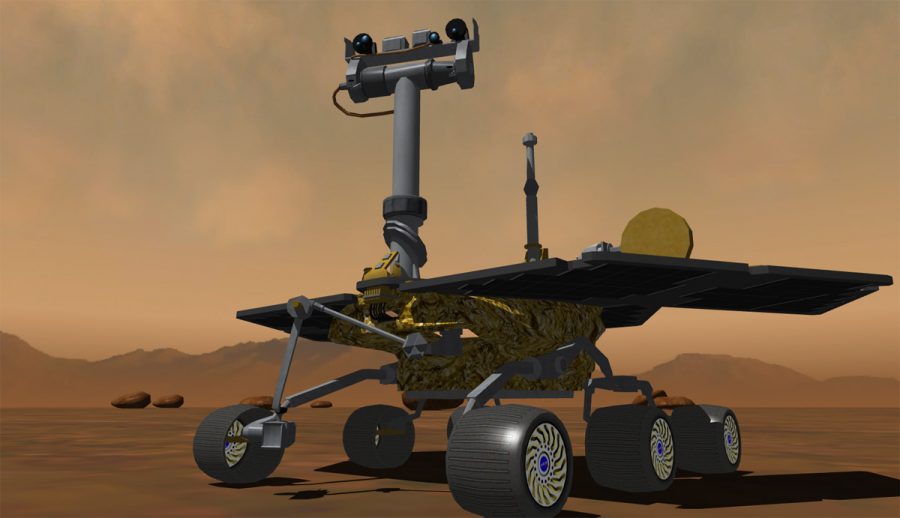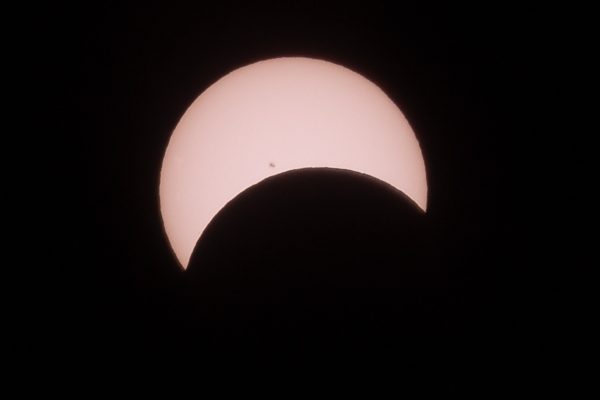Will Perseverance Find Life on Mars?
NASA’s newest rover is expected to land on Mars this week after months of space flight, equipped for the search for life on the red planet
Perseverance is the NASA’s newest rover dedicated to the quest of finding either past or current signs of life on Mars. The rover was launched on July 30, 2020 and is scheduled to land on Mars on Feb. 18. Perseverance is currently travelling over 58,000 mph and is approximately 110 million miles away from her destination. If everything goes well, Perseverance will be joining her sister rover Curiosity on its mission to explore Mars.
When Perseverance lands on Mars, she will be landing in an area called Jezero Crater. Thomas Zurbuchen, an associate administrator for NASA’s Science Mission Directorate said that, “the landing site in Jezero Crater offers geologically rich terrain with landforms reaching as far as back 3.6 billion years old, that could potentially answer important questions in planetary evolution and astrobiology.” NASA scientists believe Jezero Crater was once flooded with water and was home to ancient river delta.
Once the Mariner 9 mission to Mars in 1965 found signs of ancient water, NASA intensified their quest in studying the red planet further. According to NASA, their strategy in the search for life is to, “follow the water,” because on Earth, life exists where there is water.
Currently, NASA has four rovers on Mars: Sojourner, Spirit, Opportunity and Curiosity. Of the four rovers, Curiosity is the only one still in operation by NASA scientists. Since Curiosity landed on Mars in 2011, it has contributed to groundbreaking research. Thanks to the Curiosity onboard laboratory, the rover was able to confirm key chemical ingredients for life when it drilled on a rock dubbed the “John Klein rock.”
Curiosity confirmed the presence of sulfur, nitrogen, hydrogen, oxygen, phosphorus, carbon and clay minerals. Curiosity chief scientist John Grotzinger of the California Institute of Technology in Pasadena said, “we have found a habitable environment that is so benign and supportive of life that probably – if this water was around and you had been on the planet, you would have been able to drink it.”
To save NASA time, money and risk of redesigning a new rover, NASA used the same body and design of Curiosity to create Perseverance. The difference between the two rovers is the upgraded technology included on Perseverance.
With better X-ray spectrometer and UV lasers that can detect biosignatures of microbial life, ground penetrating radar to look under the surface of Mars and better terrain navigation system, Perseverance has the upgrades to make it the perfect life-seeking machine. It also carries 23 cameras compared to 17, has better wheel design, carries a microphone that can relay sounds back to Earth and carries a small helicopter, named Ingenuity on its belly.
What makes Perseverance unique in its mission is its ability to collect rock core samples that will be placed inside a sample tube that is then deposited at certain locations for humans to collect it and send back to Earth later. Returning the samples back to Earth would give scientists the chance to use better and more powerful instruments to analyze the rock than what Curiosity or perseverance will be able to do. The success of the UAV helicopter flight of Ingenuity will pave the way for future UAV flight in other planets.
It’s only a matter of time until Perseverance will be able to offer any meaningful scientific data to NASA. If Perseverance is able to confirm that ancient microbial life existed or currently exists on Mars, then it would suggest that life could possibly exist in other planets. For now, NASA and the rest of Earthlings are waiting for Perseverance to successfully land on Mars and hopefully change the course of our understanding of the origin of life.












